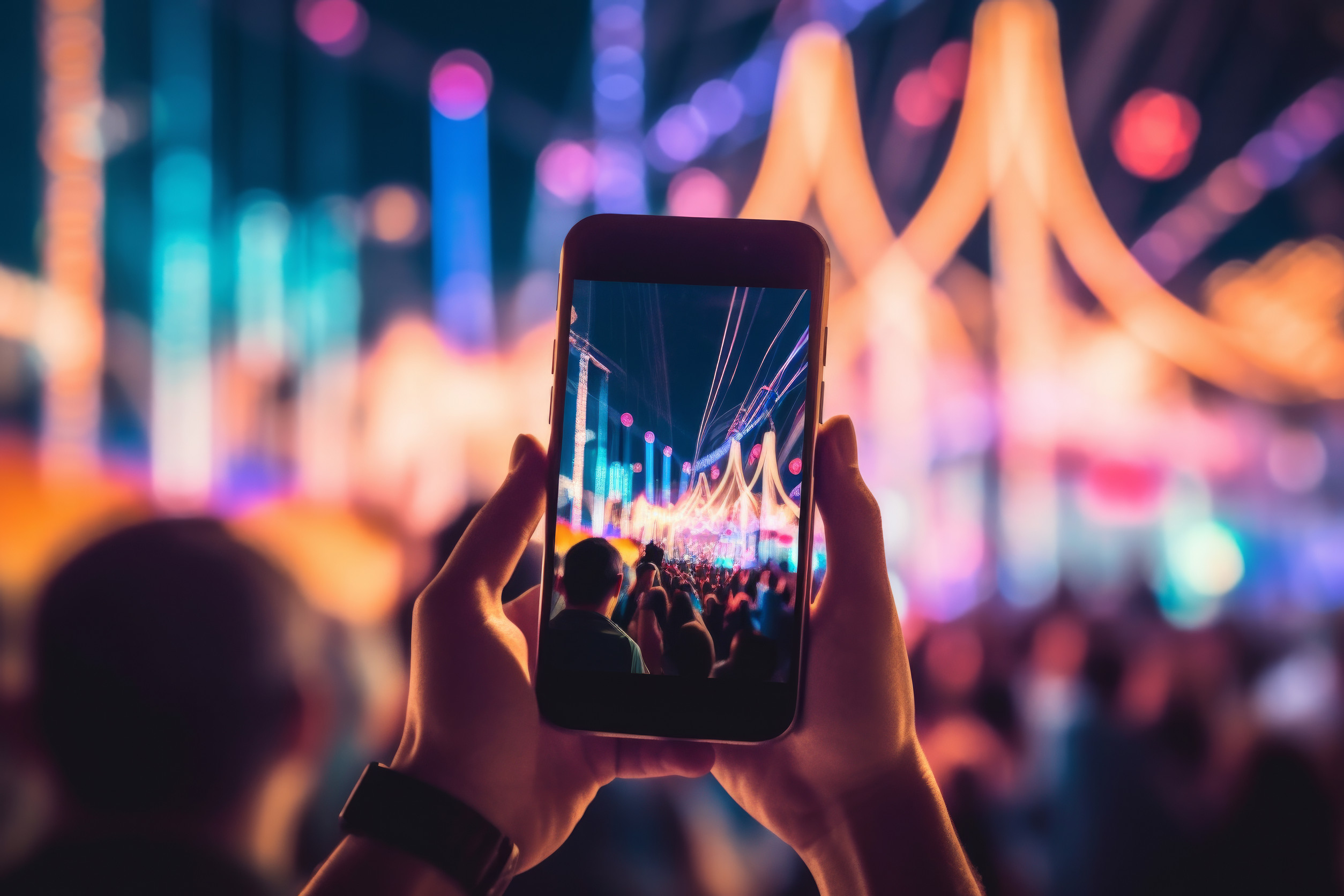Every time someone checks in at a coffee shop, tags a friend at a concert, or posts a selfie on their lunch break, they’re broadcasting far more than just a moment. Social media has evolved into a powerful tool for sharing—but it’s also become a window into users’ real-time locations and routines. What feels like casual posting can paint a detailed map of daily life for anyone watching closely.
From stalkers to data brokers, the implications go beyond creepy—they can be dangerous. Understanding how these platforms quietly expose physical movements is essential for protecting privacy and staying safe.
1. Location Tags Reveal Real-Time Coordinates
Most social apps encourage users to tag their location with every post, whether it’s a photo, status update, or story. These geotags often include precise latitude and longitude data, which can be accessed by anyone viewing the content. Even when the tag is just a city or venue, it still gives away a current or recent physical presence. Combined with timestamps, this information creates a timeline of movement that’s easy to follow. Once this habit becomes routine, it’s not hard for someone to predict where a user might be next.
2. Stories Share Where You Are Right Now
Stories on platforms like Instagram, Facebook, and Snapchat are designed for real-time sharing. Users often post them immediately after taking the photo or video, unintentionally confirming they are at that exact location at that moment. If the story includes a recognizable background, brand, or location marker, the guesswork disappears entirely. With each new story, viewers can track a person’s route across the day. This constant broadcast of presence makes privacy a moving target.
3. Time Stamps Turn Posts into Timelines
Even when users don’t tag their location, social platforms automatically time-stamp nearly every post. These timestamps, paired with visual or contextual clues, can allow someone to reverse-engineer where a user was at a given moment. A photo of morning coffee, a lunchtime snap at a restaurant, and a sunset view all add up to a daily itinerary. With enough consistency, patterns begin to emerge—commute routes, favorite stops, daily schedules. Anyone paying attention can use this data to track or even ambush the unsuspecting.
4. Check-Ins Are Invitations for Tracking
Facebook, Yelp, and other platforms offer explicit check-in features that allow users to announce where they are. While these are often meant to show support for local businesses or connect with friends, they’re also breadcrumbs for anyone who wants to follow someone’s movements. Check-ins are frequently public and stay visible unless users change their privacy settings. They can be seen by friends of friends or even total strangers if the post is shared. Over time, check-in histories can reveal regular routines, habits, and schedules.
5. Tagged Friends Extend Your Location Trail
When friends tag users in photos, events, or statuses, they inadvertently expose that person’s location—even if the person didn’t post anything themselves. Tagging confirms presence at specific places and times, sometimes without consent or knowledge. Group photos at public events or private gatherings become part of a public trail. Even deleting a tag later doesn’t undo the exposure if the post has already been seen or shared. A network of tagging friends can unknowingly map someone’s entire social life and physical presence.
6. Hashtags Can Pinpoint Places
Hashtags may seem harmless, but they often give away more than expected. Using specific venue names, events, or local slang in hashtags can easily narrow down where a photo or video was taken. Pair that with a timestamp and a public profile, and anyone can verify a user’s whereabouts. Trendy or geo-specific hashtags act as search beacons for anyone looking to monitor movements. What starts as a way to reach more followers ends up being a signal flare for location tracking.
7. Fitness Apps Linked to Social Media Track Movement
Apps like Strava, Nike Run Club, and others often allow users to share workout stats directly to social media. These stats usually include routes, start times, end times, and even pace. When this data is public, it effectively reveals where someone began and ended their run or bike ride. If posted consistently, it’s easy to identify home or work addresses based on recurring start and stop points. The combination of fitness tracking and social sharing becomes a detailed map of someone’s physical activity.
8. Photo Metadata Holds Hidden GPS Info
Smartphones often embed GPS coordinates into photos using metadata known as EXIF data. While many platforms strip this information out when photos are uploaded, not all do—or users may share the original photo file directly. Anyone who receives or downloads that file can extract the exact location where it was taken. Even screenshots or reposts can sometimes retain clues like addresses or business names in the background. Unless deliberately scrubbed, each photo can be a pin on a map.
9. Live Videos Broadcast Real-Time Presence
Going live on Facebook, TikTok, or Instagram creates an unfiltered, real-time feed of a user’s location and surroundings. Live viewers can often identify exact places based on background details, especially in public or familiar areas. Because live videos are unedited and often interactive, they invite immediate attention and potential interference. Once someone starts streaming, they’ve opened a real-time portal into their exact physical space. Unlike photos or stories, there’s no delay or disguise—what’s happening is happening now.
10. Event Attendance Confirms Future Plans
RSVPing to public events or sharing upcoming plans online gives away future movements. Whether it’s a concert, conference, or community gathering, posting about attending tells others where someone will be. Even private event RSVPs can sometimes be seen by mutual connections or through shared content. This kind of predictive location data is particularly valuable to stalkers or malicious actors. Sharing plans in advance can be just as risky as broadcasting current whereabouts.
Be Smarter About Your Social Footprint
Social media is woven into everyday life, but so is the risk of oversharing. Each tag, post, and share can silently broadcast detailed information about personal routines and movements. The danger isn’t always obvious—it creeps in through patterns, habits, and repetition. To stay safe, users need to rethink how and when they share location-based content.
What are your thoughts on this growing issue? Drop a comment below and join the conversation on digital safety.
Read More
10 Social Media Trends That Are Quietly Linked to Mental Health Decline
10 Outdated Parenting Ideas That Still Circulate on Social Media


